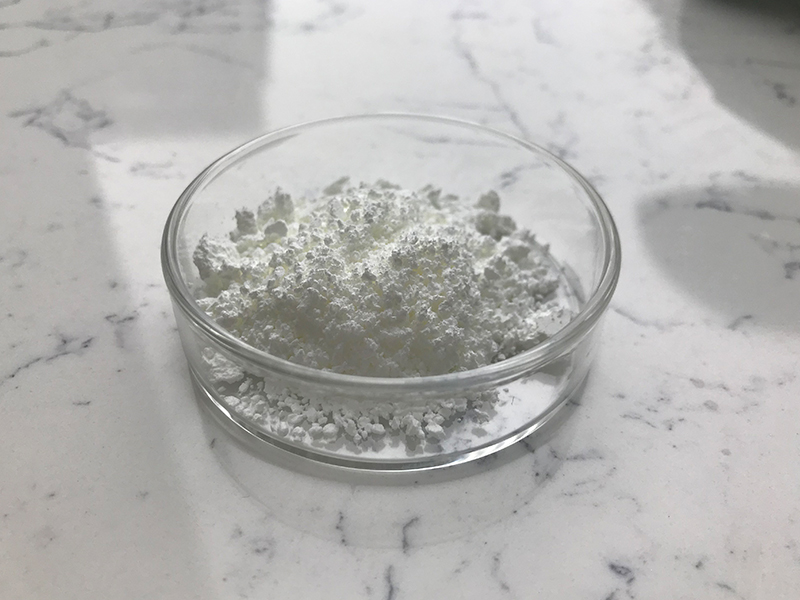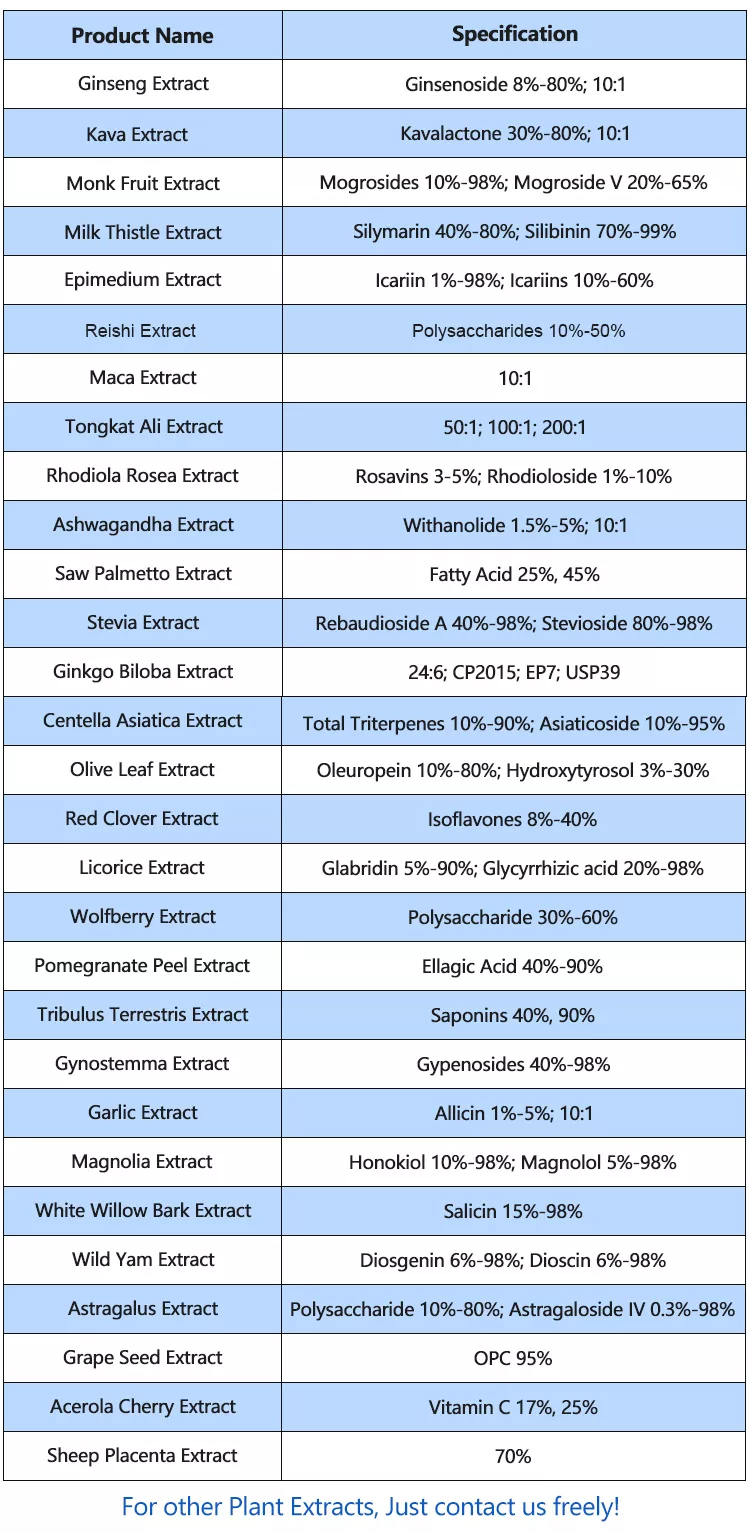Glycyrrhetinic acid is a triterpenoid compound primarily found in licorice root (Glycyrrhiza glabra) and has various pharmacological properties, including anti-inflammatory, antiviral, hepatoprotective, and anticancer effects. Below are the general materials and methods typically employed in the extraction and analysis of glycyrrhetinic acid:
Materials of Glycyrrhetinic Acid:
1.Licorice Roots: Glycyrrhetinic acid is extracted from the roots of licorice plants.
2.Solvents: Commonly used solvents include ethanol, methanol, or water for extraction.
3.Equipment: Extraction equipment such as Soxhlet extractor, reflux apparatus, or ultrasound-assisted extraction (UAE) apparatus.
4.Analytical Instruments: Instruments like High-Performance Liquid Chromatography (HPLC) or Gas Chromatography-Mass Spectrometry (GC-MS) for analysis.
5.Standards: Pure glycyrrhetinic acid standard for calibration and comparison during analysis.

Methods of Glycyrrhetinic Acid:
1.Extraction:
Soxhlet Extraction: Ground licorice roots are packed into a thimble and placed in a Soxhlet extractor. Solvent is continuously circulated through the sample, extracting glycyrrhetinic acid over several hours.
Reflux Extraction: Licorice roots are refluxed with a suitable solvent for a specific time to extract glycyrrhetinic acid.
Ultrasound-Assisted Extraction (UAE): Licorice root powder is mixed with a solvent and subjected to ultrasound waves to enhance extraction efficiency.
Supercritical Fluid Extraction (SFE): Utilizes supercritical fluids like carbon dioxide to extract glycyrrhetinic acid under high pressure and temperature.
2.Concentration:
The solvent containing glycyrrhetinic acid is concentrated using techniques like rotary evaporation or freeze-drying to obtain a crude extract.
3.Purification:
The crude extract may undergo further purification steps like column chromatography or preparative HPLC to isolate glycyrrhetinic acid from other components.
4.Analysis:
High-Performance Liquid Chromatography (HPLC): A common method for quantifying glycyrrhetinic acid. A standard curve is prepared using known concentrations of glycyrrhetinic acid, and the concentration in the sample is determined by comparing its retention time and peak area.
Gas Chromatography-Mass Spectrometry (GC-MS): Another analytical technique used for the identification and quantification of glycyrrhetinic acid based on its mass spectrum.
5.Characterization:
The isolated glycyrrhetinic acid may undergo characterization using techniques like Nuclear Magnetic Resonance (NMR) spectroscopy to confirm its structure.

6.Bioassays:
The biological activity of glycyrrhetinic acid may be assessed using various bioassays relevant to its pharmacological properties, such as anti-inflammatory or antiviral assays.
7.Documentation:
Results of extraction, purification, analysis, and bioassays are documented in research papers or reports.
These methods may vary depending on the specific requirements of the study and the available resources. Additionally, safety measures should be followed when handling solvents and equipment.
